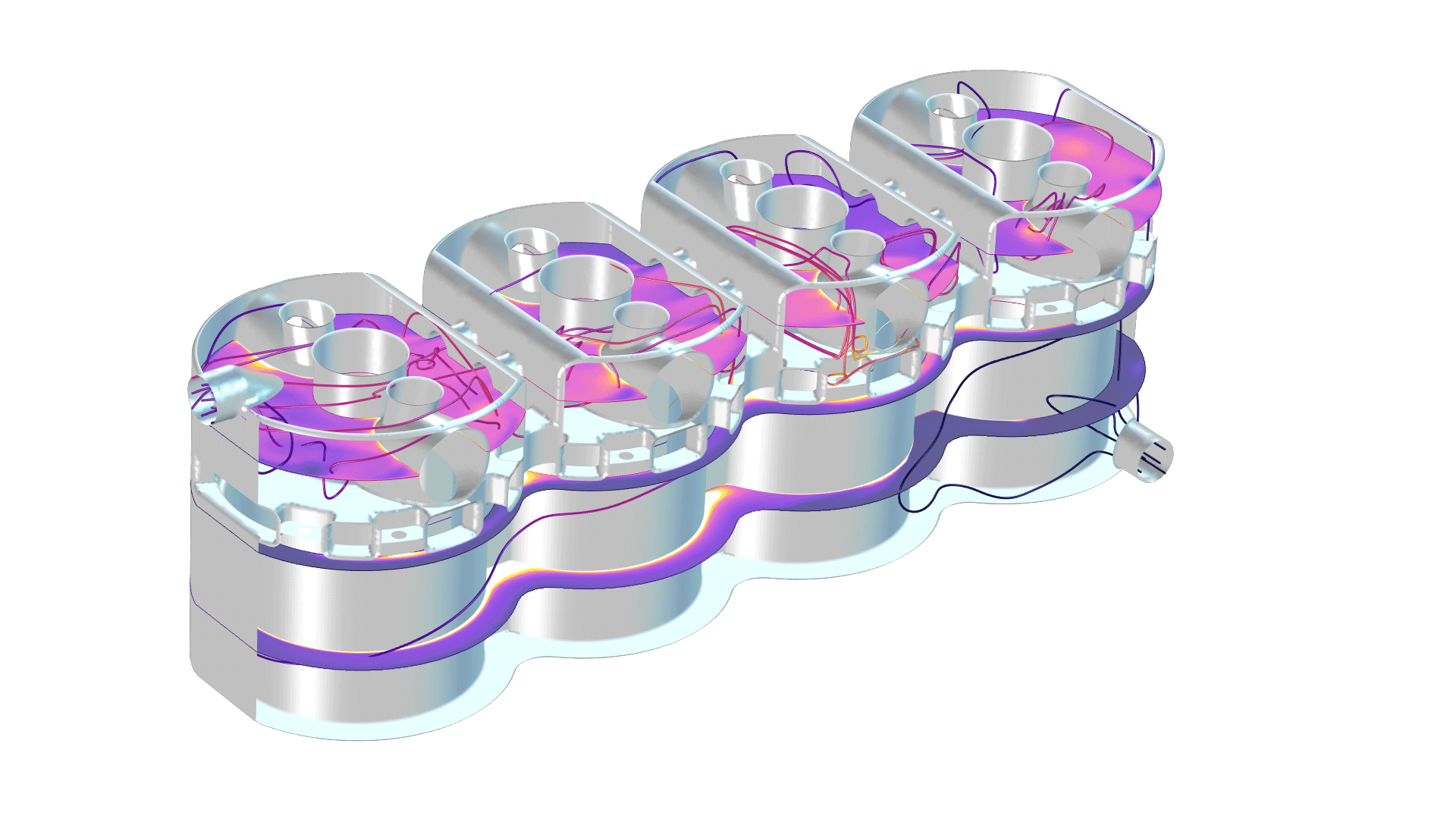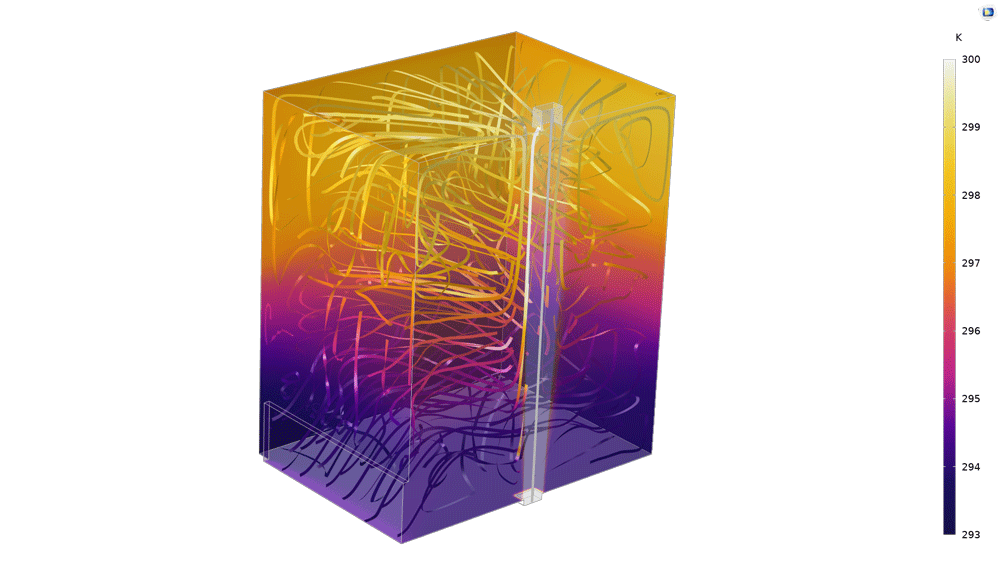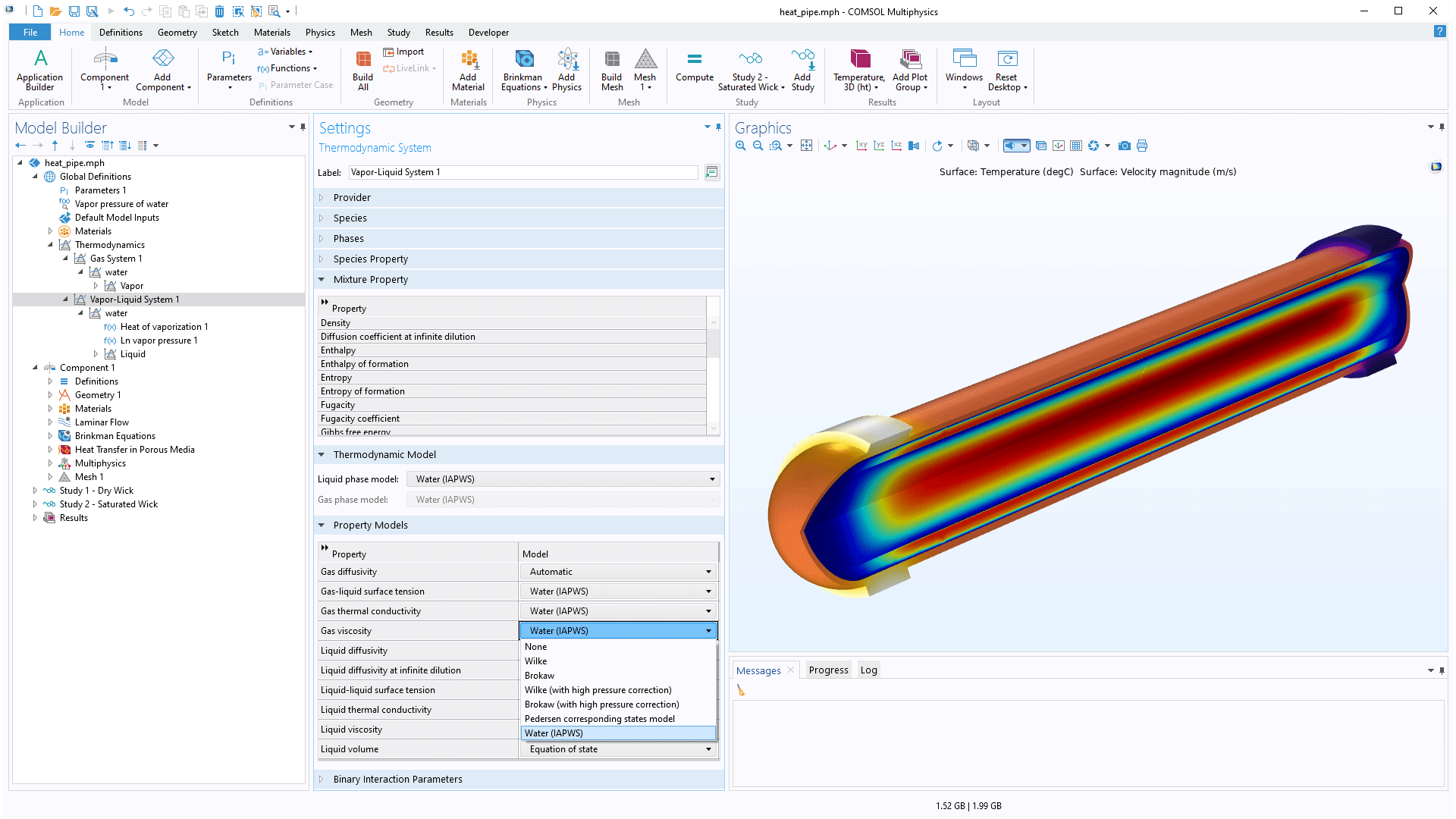COMSOL has the best multiphysical simulation capabilities in my experience. Technical support from Elisa at TECHNIC as well as the engineers at COMSOL has been great.
COMSOL is an important part of our research in plasma physics. We use it in the design of plasma systems and it helps us to obtain a greater understanding of the underlying physics. We have always valued the quick support from TECHNIC and COMSOL and it has been a pleasure to work with them.
Comsol has become a valuable part of our design and decision making process. The exceptional flexibility and access to the physics and solvers in Comsol has allowed us to have deeper understanding on thermomechanical solutions. Technic and Comsol have always been quick and helpful to resolve any issues and provide helpful advice on their products.
At Scion we use COMSOL Multiphysics to understand energy processes, such as the interplay of non-linear solid mechanics and heat & mass transfer during biomass compaction, to design new or more efficient processes.
We use COMSOL Multiphysics to design the customised muffler. With it, we can simulate the insertion loss at different spectrum with different muffler designs.

When setting up and running CFD, heat transfer, and acoustics simulations, modelling the material properties correctly is crucial. With the Liquid & Gas Properties Module, you can accurately and easily compute density, viscosity, thermal conductivity, heat capacity, and other properties as functions of composition, pressure, and temperature.
All of the functionality available in the Liquid & Gas Properties Module is also included in the following products: Chemical Reaction Engineering Module, Battery Design Module, and Fuel Cell & Electrolyser Module.
The density and viscosity of fluids may depend on composition, pressure, and/or temperature. Obtaining accurate values for these properties is relevant, and may affect the design of devices and processes. The Liquid & Gas Properties Module gives you the tools to compute density and viscosity for gas mixtures of arbitrary composition. In addition, the module contains property models for liquid solutions, for example for aqueous solutions and solutions with organic solvents. For two-phase flow systems, the module features models to compute the equilibrium composition of the vapour and liquid phases as a function of pressure and temperature.
The simulation of heat transfer in fluids requires properties such as thermal conductivity and heat capacity, in addition to density and viscosity. As an example, when designing climate control and ventilation systems, the properties of air depend on relative humidity, pressure, and temperature, and these dependencies may be important to the accuracy of such modelling and simulation studies. This is also valid for coolants, as well as gases and fluids used in processes throughout different industries. The Liquid & Gas Properties Module includes models for the computation of thermal conductivity and heat capacity as a function of pressure and temperature. These properties can be computed for gas mixtures and liquid mixtures of arbitrary composition, and used for accurate heat transfer models and simulations.


Pressure acoustic waves propagate in fluids, often water or air, and depend on pressure, temperature, bulk viscosity, heat capacity, and thermal conductivity. In air, the relative humidity affects these properties. The accuracy of these properties, and thereby the accuracy of the pressure acoustics simulation results, depends on the variables mentioned above, all of which can be calculated with the Liquid & Gas Properties Module.
The Liquid & Gas Properties Module includes models and parameters for calculating the following properties:
These properties can be calculated for liquid mixtures and gas mixtures. In addition, it can perform equilibrium calculations for gas–liquid systems, so-called flash calculations; gas–liquid–liquid systems; and liquid–liquid systems.
To calculate the properties listed above, the Liquid & Gas Properties Module uses a number of different thermodynamic models. The variety of models available reflects the fact that no thermodynamic model is able to describe all gases and liquids. The choice of model depends on the type of mixture and the conditions.
The following thermodynamic models are available for liquids and gases:
For liquid mixtures, the following thermodynamic models are also available:
In addition to the thermodynamic models, you can specify the model for the properties individually.
In order to fully evaluate whether or not the COMSOL Multiphysics® software will meet your requirements, you need to contact us. By talking to one of our sales representatives, you will get personalised recommendations and fully documented examples to help you get the most out of your evaluation and guide you to choose the best license option to suit your needs.
Fill in your contact details and any specific comments or questions, and submit. You will receive a response from a sales representative within one business day.